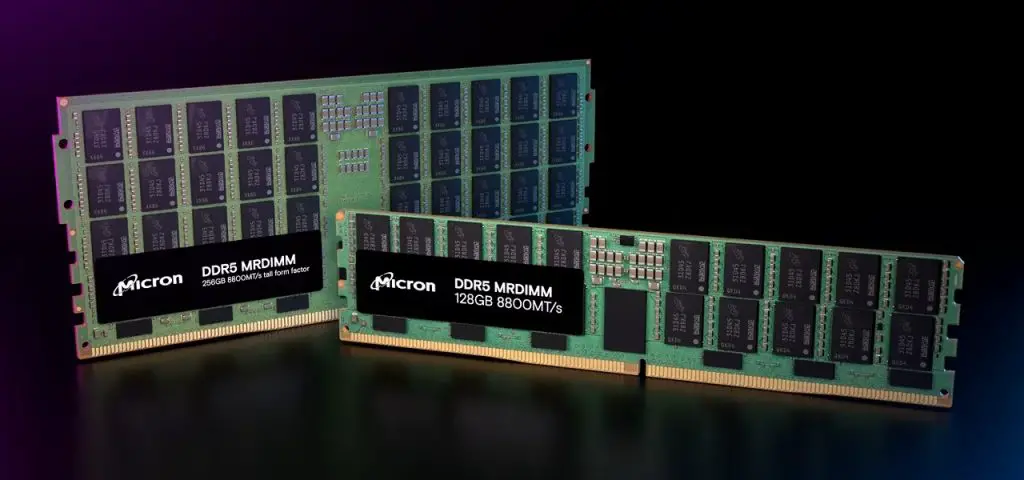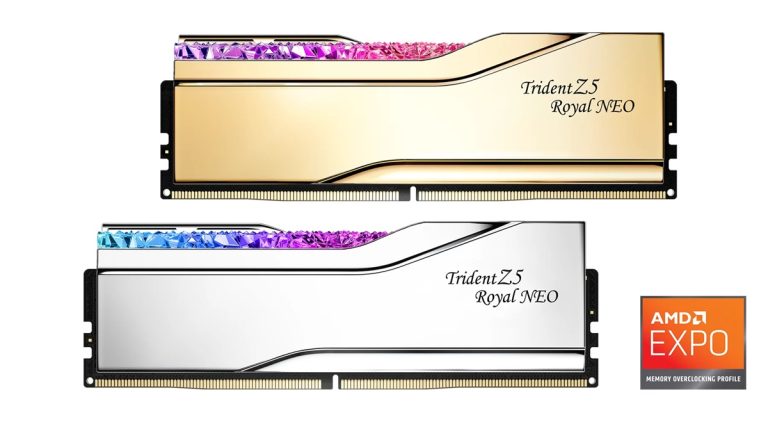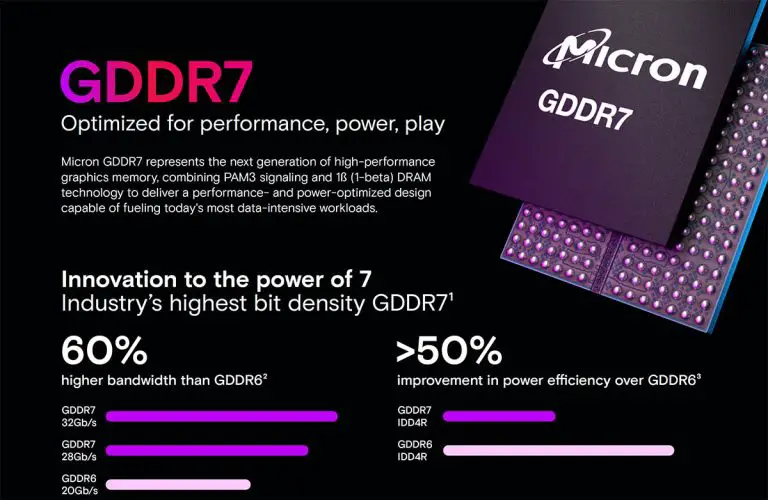
In March of this year, Micron showcased DDR5 MRDIMM memory, specifically designed for AI and HPC applications, at NVIDIA’s GTC 2024 conference. Recently, Micron officially launched the DDR5 MRDIMM memory product on its website, with a maximum single-module capacity of 256GB. However, regarding platform compatibility, Micron’s DDR5 MRDIMM memory is currently only compatible with Intel Xeon 6 processors, and future compatible platforms remain undisclosed.

According to Micron’s official website, DDR5 MRDIMM memory is engineered to meet the stringent demands of modern data centers, offering faster data transfer rates, lower latency, and more cost-effective capacity. The newly introduced product boasts transfer rates of up to 8800 MT/s, with memory bandwidth 39% higher and latency up to 40% lower than traditional RDIMM memory. It is currently available in five capacity specifications: 32GB, 64GB, 96GB, 128GB, and 256GB, and comes in two form factors, standard height, and TFF, to cater to diverse customer needs.
MRDIMM, short for Multiplexer Combined Ranks DIMMs, combines multiple DRAMs on a single board, enabling the simultaneous operation of two Ranks (memory columns, the basic operating unit for module information processing). This facilitates the transfer of double the data rate, thereby enhancing memory processing speed. Currently, Micron is the sole provider of first-generation DDR5 MRDIMM memory within the industry, and JEDEC has yet to publish relevant standards. Based on previously disclosed information, the third-generation DDR5 MRDIMM memory aims for a target rate of 17600MT/s, expected to be realized by 2030. There are reports that Samsung is also developing 8800 MT/s MRDIMM memory, which has entered the sampling phase.


